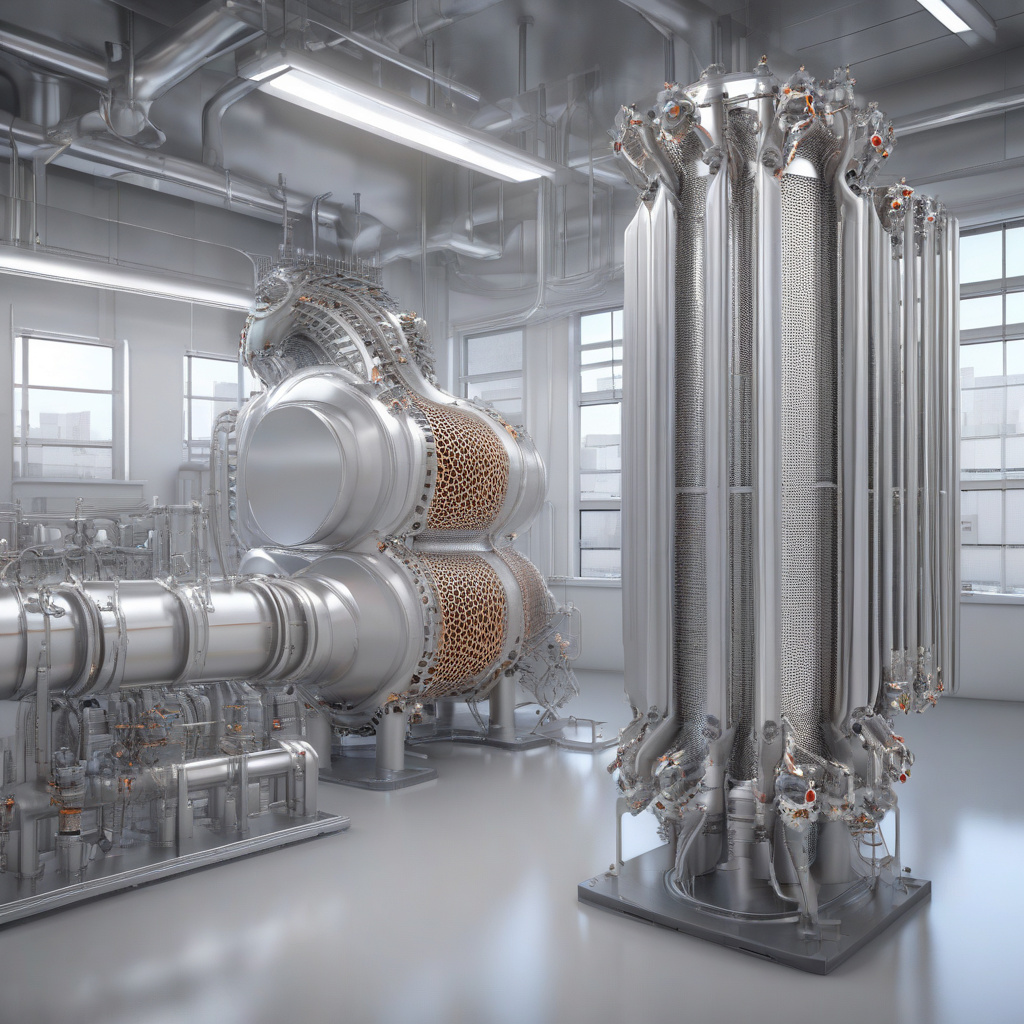US Engineers Develop Cutting-Edge Topologically Optimized Heat Exchanger for 27% Improved Cooling
Traditional heat exchangers, which rely on straight-pipe designs, face serious performance limitations in demanding environments. These standard heat exchangers often struggle to efficiently dissipate heat, especially in high-stress conditions where temperature regulation is crucial. In response to these challenges, a team of innovative engineers in the United States has developed a groundbreaking solution that promises significant improvements in cooling efficiency.
The conventional approach to heat exchanger design has long been characterized by straight pipes and uniform structures. While this design has been effective to some extent, it is far from optimal when it comes to maximizing heat transfer and overall performance. Recognizing the need for a more advanced solution, the team of US engineers set out to create a topologically optimized heat exchanger that would revolutionize cooling processes.
By leveraging the principles of topology optimization, which involves reshaping structures to achieve the best possible performance, the engineers were able to design a heat exchanger that is truly cutting-edge. Unlike traditional heat exchangers, which are limited by their rigid and often inefficient designs, this new topologically optimized model features intricate patterns and contours that are specifically tailored to enhance heat transfer and cooling capabilities.
One of the key advantages of this innovative heat exchanger is its ability to significantly improve cooling efficiency by up to 27%. This remarkable enhancement can be attributed to the optimized design, which allows for more effective heat dissipation and thermal regulation. In demanding environments where precise temperature control is essential, this level of improved cooling performance can make a substantial difference in overall system efficiency and longevity.
Moreover, the topologically optimized heat exchanger offers benefits beyond just enhanced cooling. By reimagining the conventional design principles, the engineers were able to reduce material usage without compromising performance. This not only contributes to a more sustainable and cost-effective solution but also demonstrates the potential for innovation to drive positive change in engineering practices.
The successful development of this advanced heat exchanger underscores the importance of pushing the boundaries of traditional design approaches. By challenging existing norms and embracing cutting-edge technologies like topology optimization, engineers can unlock new possibilities for improving performance, efficiency, and sustainability in a wide range of applications.
As industries continue to evolve and demand increasingly sophisticated solutions, innovations like the topologically optimized heat exchanger represent a glimpse into the future of engineering. By prioritizing efficiency, performance, and sustainability, engineers can create solutions that not only meet the needs of today but also pave the way for a more advanced and interconnected world tomorrow.
In conclusion, the US engineers’ creation of a topologically optimized heat exchanger marks a significant milestone in the field of cooling technology. With its potential to deliver 27% better cooling efficiency and redefine traditional design standards, this innovative solution sets a new benchmark for performance and sustainability in heat exchanger applications.
#Engineering #HeatExchanger #CoolingTechnology #Innovation #Efficiency












